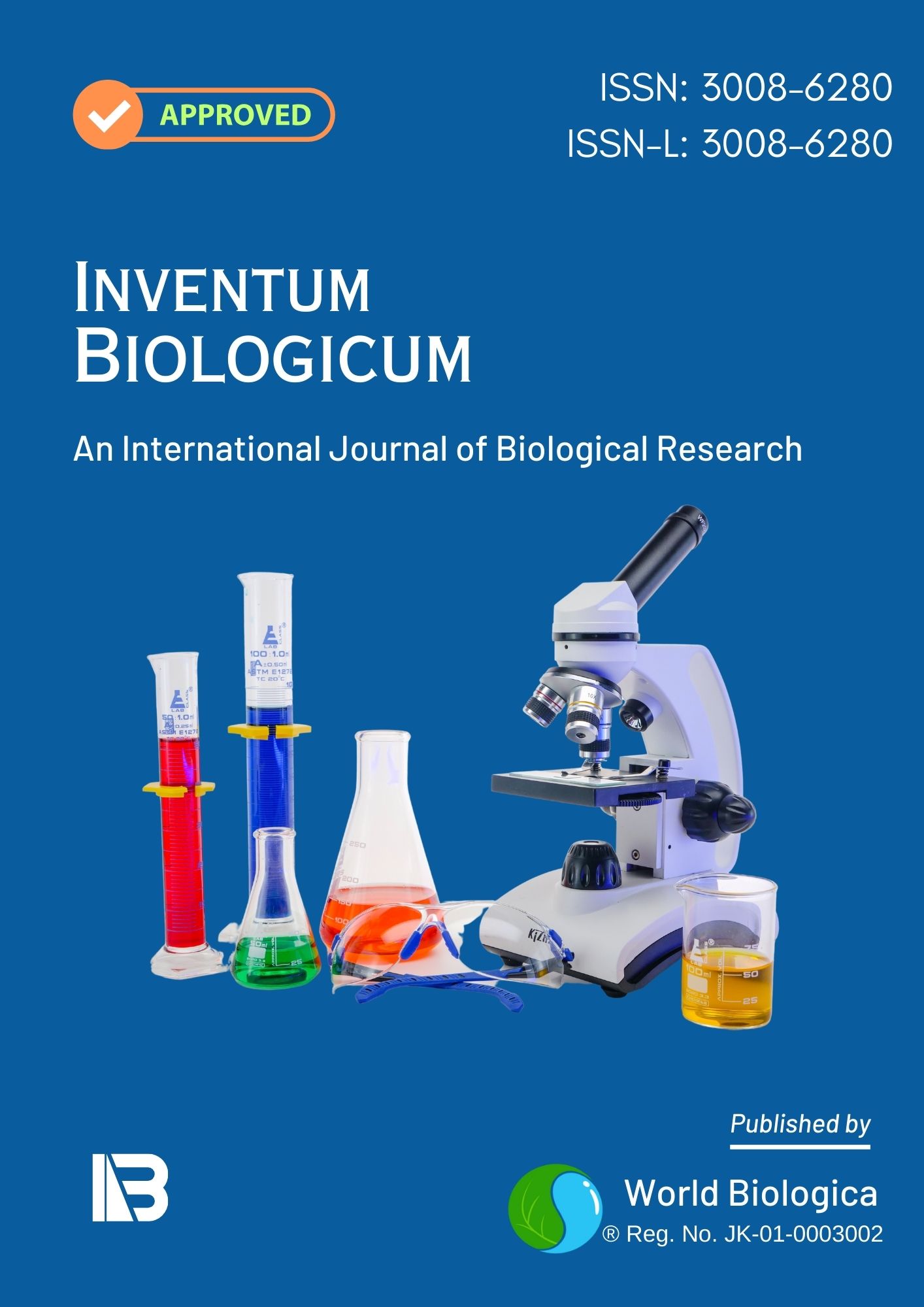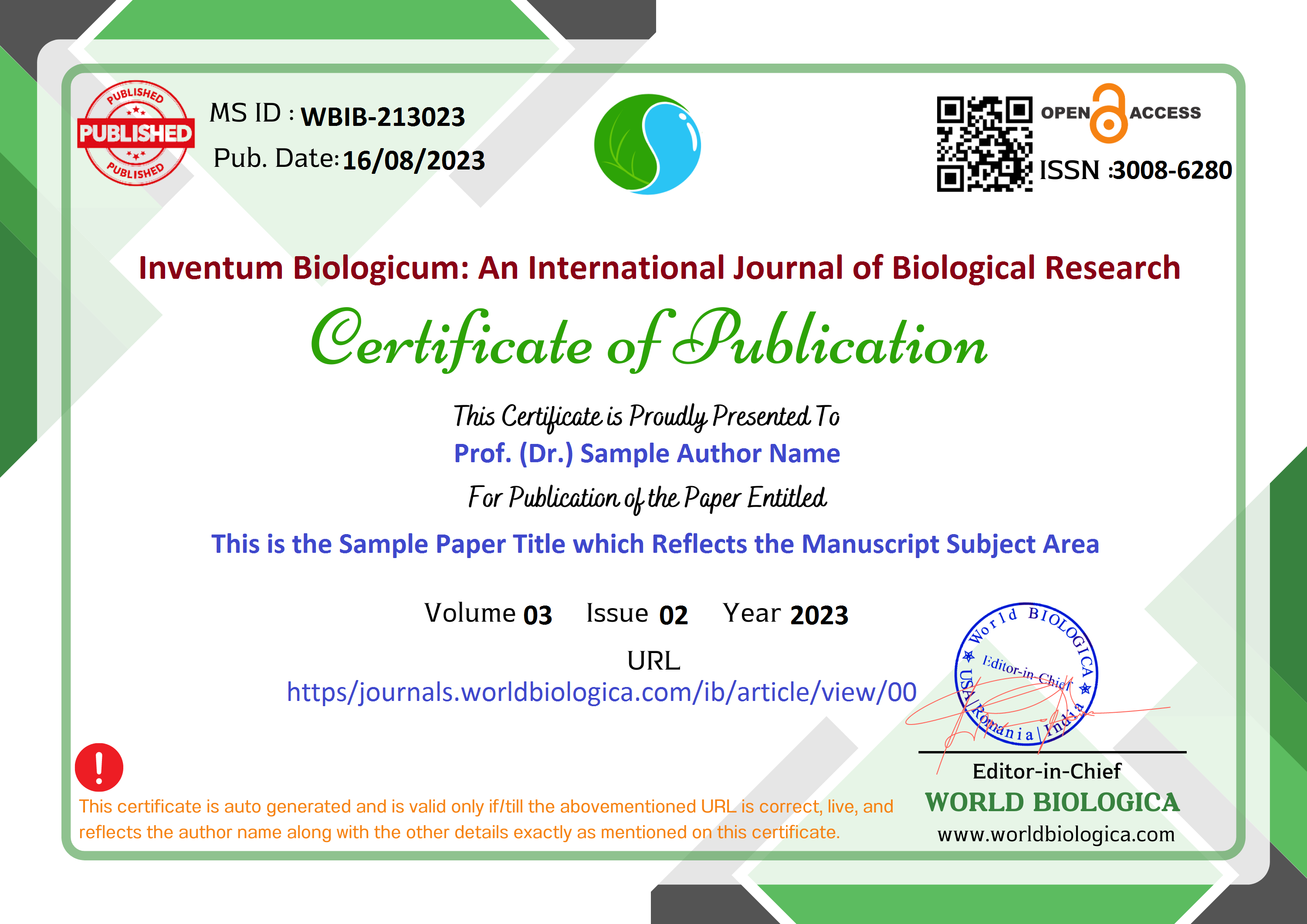Relation of Vitamin D and Immunity with Reference to Unani System of Medicine
A Review
Keywords:
VDR, Tabiat, Autocrine, RegiminalAbstract
Inadequate levels of Vitamin D are linked to an elevated risk of numerous adverse health outcomes. This vitamin holds a crucial role in immunity and is traditionally recognized for its impact on calcium regulation and bone stability. Various cell types, including immune cells like antigen-presenting cells, T cells, B cells, and monocytes, harbor enzymes responsible for metabolizing vitamin D and vitamin D receptors (VDR). Vitamin D exhibits an autocrine role within the local immune environment, influencing both innate and adaptive immune responses. A deficiency in vitamin D is associated with reduced autoimmunity and heightened susceptibility to infections. Interestingly, the positive effects of vitamin D supplementation extend beyond its influence on calcium and bone stability, particularly in individuals without autoimmune diseases. In the Unani medical system, which prioritizes human health, the primary function of Tabiat (immunity) is to maintain well-being. Tabiat plays a critical role in various disease stages, and if not properly managed, it can contribute to the progression of the disease. Unani physicians employ diverse natural therapies, with regiminal therapy being one of them. This review article aims to delve into this ancient holistic approach and establish connections with modern theories, emphasizing the Unani system's focus on promoting overall health and preventing disease through immune system management.
Downloads
References
Carmeliet, G., Dermauw, V., & Bouillon, R. (2015). Vitamin D signaling in calcium and bone homeostasis: A delicate balance. Best Practice and Research. Clinical Endocrinology and Metabolism, 29(4), 621–631. https://doi.org/10.1016/j.beem.2015.06.001
Chun, R. F., Liu, P. T., Modlin, R. L., Adams, J. S., & Hewison, M. (2014). Impact of vitamin D on immune function: Lessons learned from genome-wide analysis. Frontiers in Physiology, 5, 151. https://doi.org/10.3389/fphys.2014.00151, PubMed: 24795646
Hanel, A., & Carlberg, C. (2020). Vitamin D and evolution: Pharmacologic implications. Biochemical Pharmacology, 173, 113595. https://doi.org/10.1016/j.bcp.2019.07.024, PubMed: 31377232
Hewison, M. (2012). An update on vitamin D and human immunity. Clinical Endocrinology, 76(3), 315–325. https://doi.org/10.1111/j.1365-2265.2011.04261.x
Holick, M. F. (2018). Photobiology of vitamin D. Vitamin D (pp. 45–55). Crossref
Lu, M., McComish, B. J., Burdon, K. P., Taylor, B. V., & Körner, H.. (2019). The association between vitamin D and multiple sclerosis risk: 1,25(OH)2D3 induces superenhancers bound by VDR. Frontiers in Immunology, 10, 488. https://doi.org/10.3389/fimmu.2019.00488
Mughal, M. Z. (2011). Rickets. Current Osteoporosis Reports, 9(4), 291–299. https://doi.org/10.1007/s11914-011-0081-0
Özkan, B. (2010). Nutritional rickets. Journal of Clinical Research in Pediatric Endocrinology, 2(4), 137–143. https://doi.org/10.4274/jcrpe.v2i4.137
Van de Peppel, J., & van Leeuwen, J. P. (2014). Vitamin D and gene networks in human osteoblasts. Frontiers in Physiology, 5, 137. https://doi.org/10.3389/fphys.2014.00137
Vintilescu, B. Ș., Niculescu, C. E., Stepan, M. D., & Ioniță, E. (2019). Involvement of vitamin D in chronic infections of the Waldeyer’s ring in the school aged child. Current Health Sciences Journal, 45(3), 291–295. https://doi.org/10.12865/CHSJ.45.03.07
Walker, V. P., & Modlin, R. L. (2009). The vitamin D connection to pediatric infections and immune function. Pediatric Research, 65(5 Pt 2), 106R–113R. https://doi.org/10.1203/PDR.0b013e31819dba91
Weick, M. T. (1967). A history of rickets in the United States. American Journal of Clinical Nutrition, 20(11), 1234–1241. https://doi.org/10.1093/ajcn/20.11.1234
Downloads
-
Download PDF
 Abstract Views: 138,
Abstract Views: 138,  Download PDF: 73
Download PDF: 73
Published
How to Cite
Issue
Section
License
Copyright (c) 2023 Inventum Biologicum: An International Journal of Biological Research

This work is licensed under a Creative Commons Attribution-NonCommercial-NoDerivatives 4.0 International License.


















